Liverpool’s second season in the Premier League in 1993/94 was one which returned little success, but it heralded the arrival of God.
The Reds headed into their second season of the newly constructed Premier League off the back of a sixth-place finish, one which was followed up by an eighth-place finish in a campaign that saw Graeme Souness depart mid-way through and Roy Evans step up to the plate.
Liverpool would score a total of 59 goals, this time with 13 different goalscorers in a topflight season which saw Ian Rush top the charts for the last time for the club.
Here are the moments which stood out above the rest.
Names and numbers became a thing…
The process of identifying players became a lot easier, as did the club’s commercial prospects.
The match-by-match allocation of shirt numbers based on systems and positions was out and never to return, with players given the freedom to select a squad number.
In 1993/94, Liverpool’s squad went to as low as No. 1 (Bruce Grobbelaar) and as high as No. 27 (Mark Gayle).
Baby faced Macca…
Talk about looking young!
Steve McManaman was 22 years of age and in his fourth season as a member of the first team and there’s no doubting his ID would need to be checked on the regular – he could have easily passed still qualified for a Happy Meal.
He would score just two goals in the league but the level of skill on display, however, was beyond his years.
They moved the stripes and potentially inspired the future…
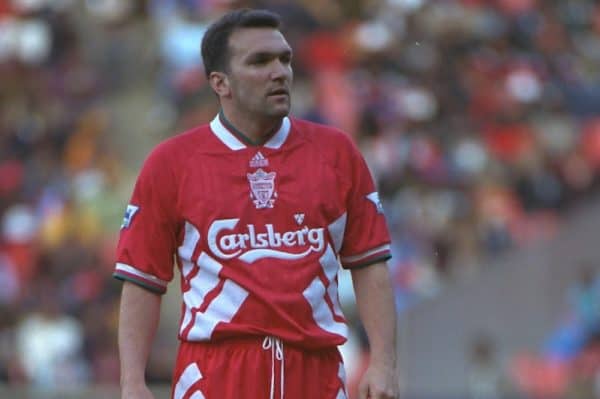
There was no doubting who Liverpool’s kit manufacturer was in 1993/94, with the classic Adidas stripes now taking up both the left and right of the Reds’ kit.
They moved from the shoulder to the obliques and were finished off with white and teal on the collar and sleeve cuffs, a detail which Nike are reportedly incorporating in their first home kit for next season.
It’s sure to look considerably more modern, don’t worry.
The re-emergence of the left…
As opposed to the current squad which has just two (Mohamed Salah and Andy Robertson), this Liverpool side had left-footed players in abundance which goes against the trend of often being in the minority.
Robbie Fowler, John Barnes, Stig Inge Bjornebye, David Burrows, Julian Dicks, Neil Ruddock and Mark Walters were all lefties and for the most part, were all worth their weight in gold.
Studies have shown that left-footed players have a greater level of unpredictability compared to their right-footed counterparts, and from the evidence of a number of Reds, it’s hard to doubt.

The future bursts onto the scene…
A fresh-faced 18-year-old Robbie Fowler needn’t long to showcase his intelligence and ruthless finishing in what was his debut season for the Reds.
A scrappy goal, which was made possible by his exquisite first touch, saw him net his first in the Premier League against Oldham, with his first hat-trick arriving in just his fifth league outing, with Southampton the visitors.
Like McManaman, Fowler displayed an understanding beyond his tentative years and it was abundantly clear from the off that Liverpool’s then-No. 23 would blossom into a figure to be revered.
Parallels to present day…
From Rob Jones and Fowler’s movement against Man City which mirrored the interplay of Trent Alexander-Arnold and Salah to their combination against Southampton which was a near carbon copy of Sadio Mane‘s deft header from near to far post at Aston Villa – there was a number of similarities at play.
While over 26 years separates the two teams, their route to goal felt oddly familiar at times.
Mike Marsh and Robbo lookalikes…?

It can’t just be me.
While there are few other similarities between the pair based on their on-field positions and backgrounds, on first glance they look awfully alike and I will not be told otherwise.
You may also know Marsh from when he worked alongside the first team during Brendan Rodgers’ time at the helm.
Clough’s debut to remember and subsequent fall…
Nigel Clough had only joined Liverpool in the summer after Nottingham Forest were relegated and marked his arrival at Anfield with two superbly taken strikes in a 2-0 win over Sheffield Wednesday.
While it was the first season with designated squad numbers, he had the club’s revered No. 7 on his back and there would have been an incredible level of pressure that came with it.
He would go on to have a hit and miss season and would depart in 1995 after 44 games and nine goals for the club.
Fluid counter-attacks…
As we see so often with Jurgen Klopp‘s side, any slight mistake or misstep from the opposition is immediately pounced on and in this case, it’s Evans’ side with Jamie Redknapp engaging the press on the way to goal.
Coventry City are the opposition as Redknapp pounces just outside the centre circle in Liverpool’s half before propelling forward and linking up with McManaman before Rush put on the finishing touches.
It’s was a goal the current boss would be proud of.
The standing Kop’s last Liverpool goal…
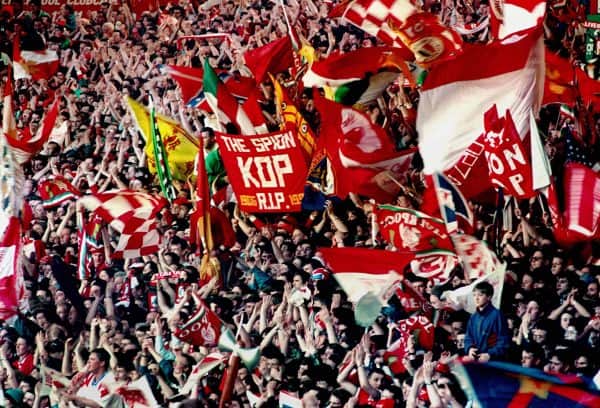
It was not a screamer, nor was it one that sealed an incredible comeback – it was much simpler, it was from the spot with all three points on the line.
Julian Dicks stood up to the plate with just 15 minutes left against Ipswich, sent the goalkeeper the other way and absorbed the waves of euphoria rolling off the Kop.
It was April 9, 1994, and while Liverpool still had two league games left at Anfield, they would lose both having failed to score, with the final game in front of the standing Kop coming in a 1-0 defeat to Norwich.
Liverpool, 1993/94
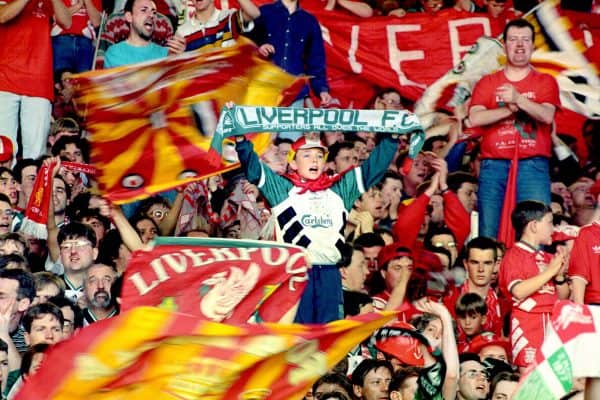
Manager: Graeme Souness / Roy Evans
Captain: Ian Rush
Top Scorer: Ian Rush (19, all comps)
Most Appearances: Ian Rush (49, all comps)
League Position: 8th
FA Cup: Third round
League Cup: Fourth round
Total games: 49
Games won: 20
Games drawn: 12
Games lost: 17
Clean sheets – league: 9
Clean sheets – overall: 10
Total goals: 74

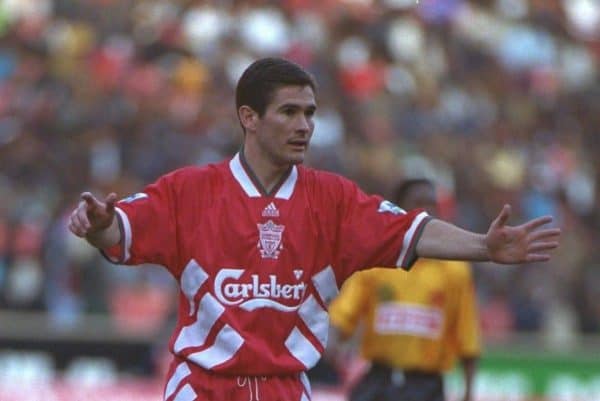


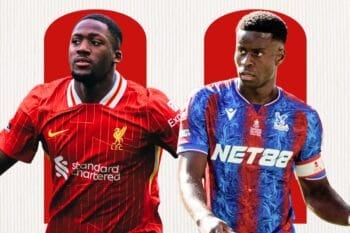
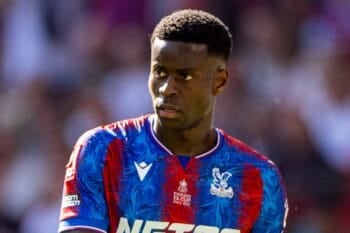
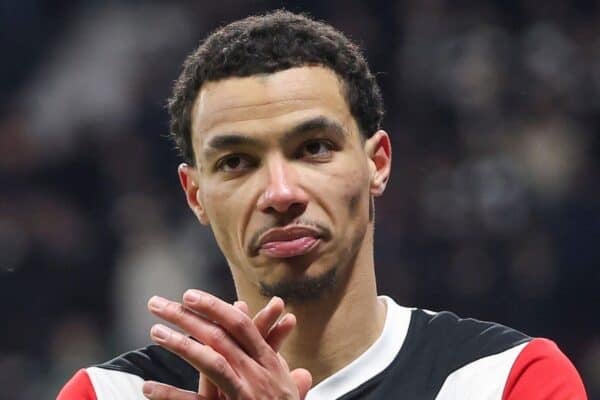

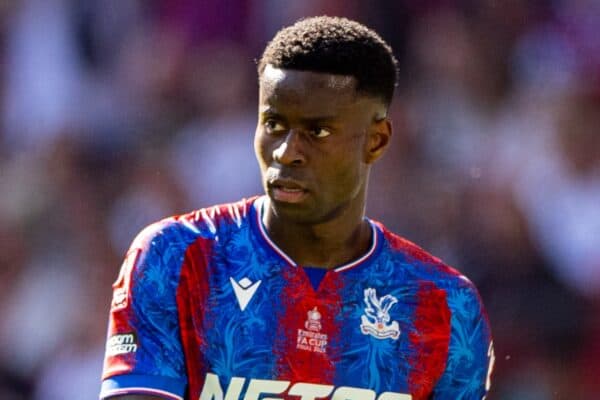

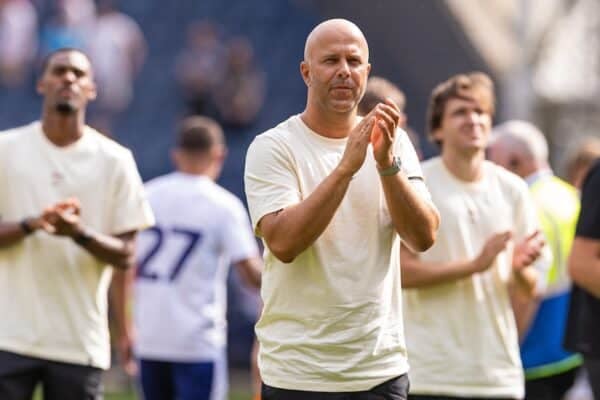

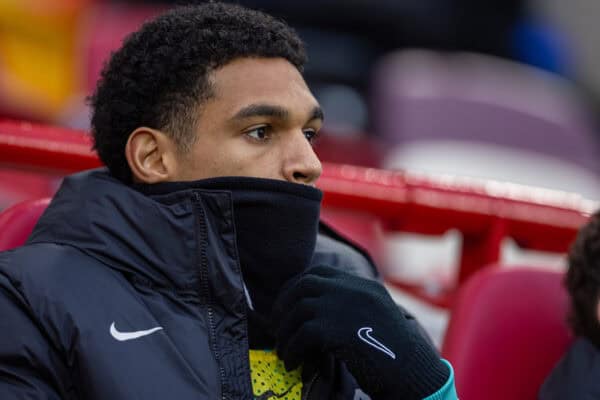




Fan Comments